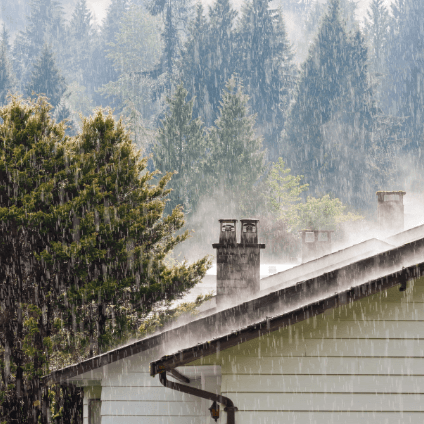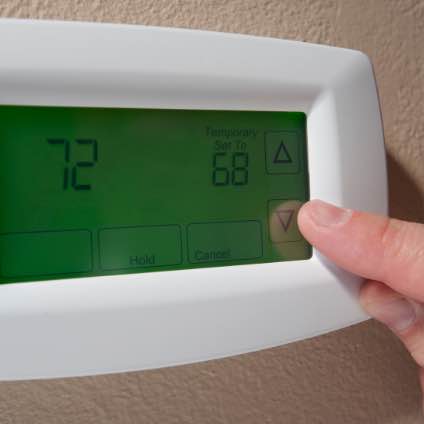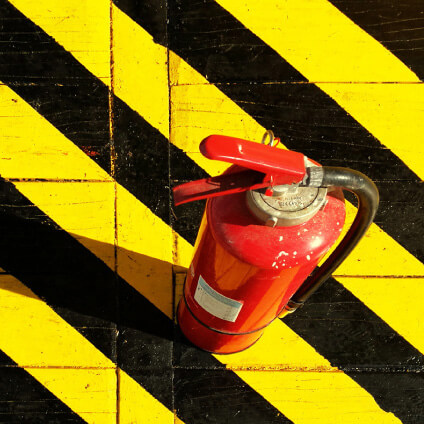Ice Dams and Freezing Pipes

Ice Dams
An ice dam is an accumulation of ice at the lower edge of a sloped roof, usually at the gutter. When interior heat melts the snow on the roof, the water will run down and refreeze at the roof's edge, where temperatures are much cooler. Eventually, the ice builds up and blocks water from draining off of the roof. This, in turn, forces the water under the roof covering and into your attic or down the inside walls of your house. Once an ice dam forms, the potential damage can be serious.
Taking the following steps will decrease the likelihood that ice dams will form or, at least, will reduce their severity.
- Keep the attic well ventilated. The colder the attic, the less melting and refreezing on the roof.
- Keep the attic floor well insulated to minimize the amount of heat rising through the attic from within the house.
As an extra precaution against roof leaks in case ice dams do form, install a water repellent membrane under your roof covering.
Unfortunately, ice dams may be unavoidable if your home has recessed lighting near the roof. Heat generated from these lights melts snow which then contributes to ice dam buildup. The only sure way to avoid this problem is to eliminate recessed light fixtures near the roof.
Freezing Pipes
Frozen water in pipes can cause water pressure buildup between the ice blockage and the closed faucet at the end of a pipe which leads to pipes bursting at their weakest point. Pipes in attics, crawl spaces and outside walls are particularly vulnerable to freezing in extremely cold weather. Holes in outside walls for TV, cable or telephone lines allow cold air to enter the house.
To keep water in pipes from freezing, take the following precautions:
- Fit exposed pipes with insulation sleeves or wrapping to slow the heat transfer. The more insulation the better.
- Seal cracks and holes in outside walls and foundations near water pipes with caulking
- Keep cabinet doors open during cold spells to allow warm air to circulate around pipes, particularly in the kitchen and bathroom.
- Keep a slow trickle of water flowing through faucets connected to pipes that run through an unheated or unprotected space. Drain the water system especially if your house will be unattended during cold periods.





